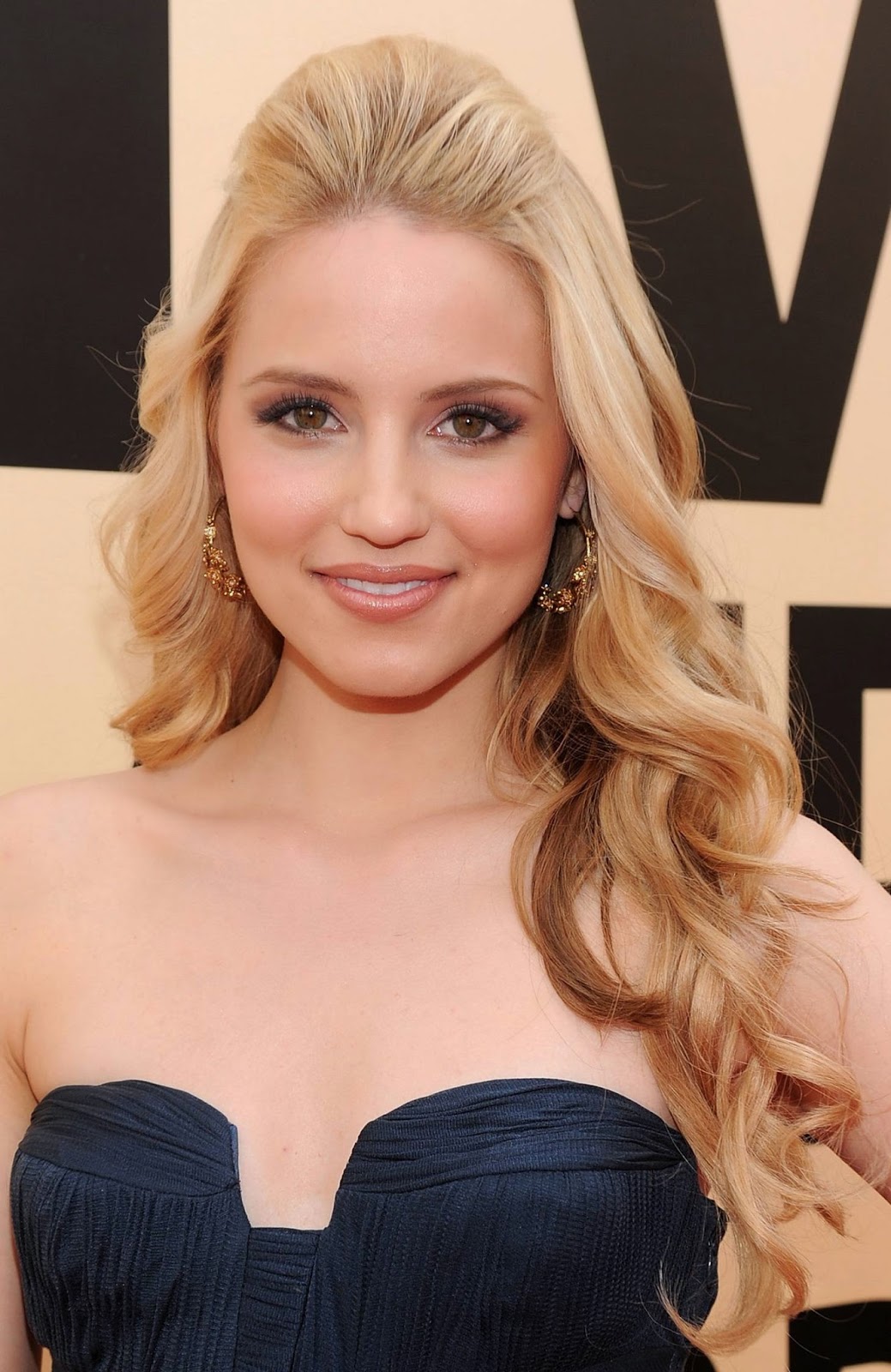Ultimate Guide To Hairstyles: Trends, Tips, And Techniques
Hairstyles play a crucial role in how we present ourselves to the world. They can reflect our personality, style, and even our mood. In this comprehensive guide, we will explore various hairstyles, their history, and how to choose the right one for you. Whether you're looking for a classic look or a modern twist, this article will provide you with the knowledge and inspiration to elevate your hair game.
As we journey through the art of hairstyling, we will also highlight key techniques, tools, and products that can help you achieve your desired look. With expert advice and authoritative sources, you'll be equipped to make informed choices about your hair. So, let’s dive into the dynamic world of hairstyles!
Table of Contents
- 1. The History of Hairstyles
- 2. Popular Hairstyles Through the Decades
- 3. How to Choose the Right Hairstyle
- 4. Essential Tools and Products for Hairstyling
- 5. Current Hairstyle Trends
- 6. Hair Care Tips for Healthy Hair
- 7. Maintenance of Different Hairstyles
- 8. Conclusion
1. The History of Hairstyles
Hairstyles have been an integral part of human culture for centuries. From ancient civilizations to modern society, the way hair is styled can signify social status, profession, or even personal beliefs.
In ancient Egypt, for example, both men and women wore elaborate wigs made from human hair or plant fibers to signify wealth and status. The Greeks and Romans also had distinctive hairstyles that often reflected their societal roles. Fast forward to the 20th century, and hairstyles began to evolve more rapidly, influenced by cultural movements, fashion trends, and iconic celebrities.
Understanding the history of hairstyles not only provides context but also allows us to appreciate the artistry involved in hairstyling. Today, we can draw inspiration from various eras to create unique looks that reflect our individuality.
2. Popular Hairstyles Through the Decades
Each decade has brought forth unique hairstyles that have defined the era. Here’s a look at some of the most iconic hairstyles from the past:
- 1920s: The bob cut, characterized by short hair and a straight fringe.
- 1960s: The beehive, a voluminous updo that became a symbol of the decade.
- 1980s: Big hair and mullets, often styled with excessive volume and curls.
- 2000s: The straight, sleek look popularized by celebrities.
Today’s hairstyles often pay homage to these past trends while incorporating modern elements for a fresh look.
3. How to Choose the Right Hairstyle
Choosing the right hairstyle is crucial for enhancing your appearance. Here are some factors to consider:
Face Shape
Your face shape can significantly influence which hairstyles will suit you best. Common face shapes include:
- Oval: Most hairstyles work well; try long layers.
- Round: Long hairstyles with volume on top can elongate the face.
- Square: Soft, layered styles can soften the jawline.
- Heart: Side-swept bangs and chin-length styles are flattering.
Hair Texture
Consider your hair texture when choosing a hairstyle. Different textures respond to styling techniques in unique ways:
- Straight Hair: Can be styled sleek or with waves.
- Curly Hair: Works well with layered cuts to reduce bulk.
- Wavy Hair: Versatile for both casual and formal styles.
4. Essential Tools and Products for Hairstyling
To achieve your desired hairstyle, having the right tools and products is essential:
- Hair Dryer: Essential for styling and drying hair.
- Flat Iron: Perfect for straightening or creating curls.
- Curling Iron: Ideal for adding volume and curls.
- Hair Products: Use mousse, gel, or hairspray to hold styles in place.
Investing in quality tools can make a significant difference in the outcome of your hairstyle.
5. Current Hairstyle Trends
The world of hairstyles is ever-evolving. Here are some of the current trends that are gaining popularity:
- Shag Cuts: A textured, layered look that adds volume and movement.
- Natural Textures: Embracing natural curls and waves.
- Bold Colors: Vibrant hues and highlights are in vogue.
- Short Cuts: Pixie cuts and bobs are making a comeback.
6. Hair Care Tips for Healthy Hair
Maintaining healthy hair is vital for achieving any hairstyle. Here are some tips:
- Use sulfate-free shampoos to avoid stripping natural oils.
- Condition regularly to keep hair hydrated.
- Avoid excessive heat styling to prevent damage.
- Trim hair every 6-8 weeks to maintain healthy ends.
7. Maintenance of Different Hairstyles
Each hairstyle requires a different level of maintenance. Here’s a quick guide:
- Short Hairstyles: Require regular trims and styling products.
- Long Hairstyles: Need more conditioning and care for split ends.
- Curly Hairstyles: Benefit from moisturizing products and minimal heat styling.
8. Conclusion
In conclusion, hairstyles are an essential aspect of personal expression and identity. By understanding the history, trends, and techniques, you can choose a hairstyle that enhances your appearance and reflects your personality. Whether you prefer classic looks or modern styles, the right hairstyle can significantly impact your overall confidence and style.
We encourage you to explore different hairstyles and find what works best for you. If you found this article helpful, please leave a comment below, share it with friends, or check out our other articles for more tips and inspiration!
Thank you for reading, and we hope to see you back here for more insights on hairstyles and trends!
Matthew Tkachuk: The Rise Of A Hockey Star
Charly Arnolt: A Comprehensive Look At Her Life And Career
Thomas Barbusca: The Rising Star Of Hollywood


